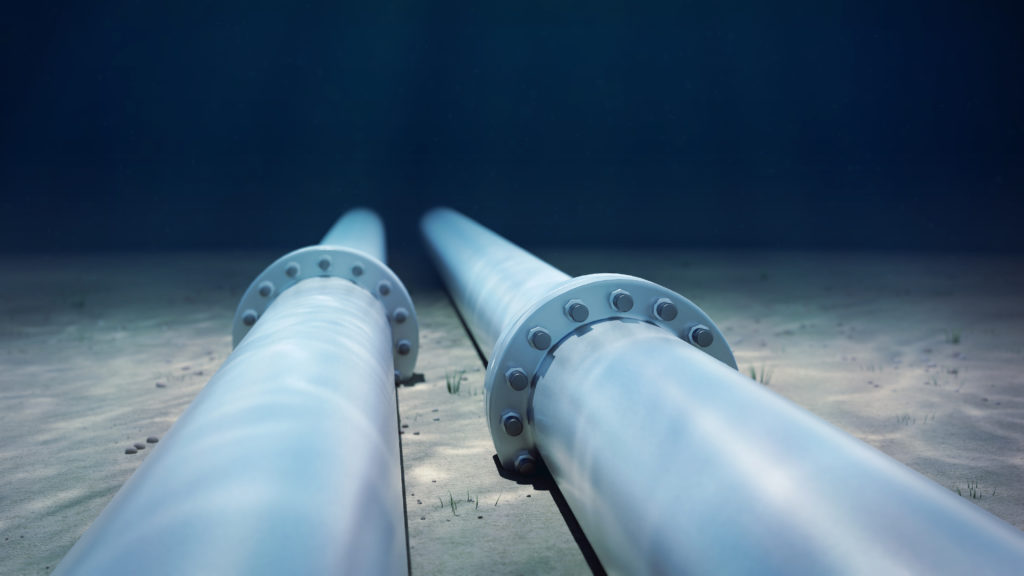
A new pipeline coatings study could save operators 25%, unlock more marginal fields, and eventually generate £500,000 for one of the organisations behind the research.
The project will evaluate internal pipeline coatings, identify potential novel solutions and systematically test them in laboratory equipment.
The study is a partnership between Heriot-Watt University, the Oil and Gas Technology Centre (OGTC) and the Oil and Gas Innovation Centre, and will be led by Crondall Energy’s flow assurance team in Aberdeen.
The budget for the initial phase of the study is £110,000, includes six months of work at Heriot Watt University, with support from Crondall Energy engineers.
A second phase could generate revenues totalling £500,000 for Crondall.
The ultimate aim is to establish alternative polymer materials for improved internal coatings.
Crondall Energy subsea director Murray Anderson said: “Commercially acceptable pipeline internal coatings are available and employed in the prevention of deposit build up, as well as corrosion prevention.
“However, the behaviour of these coatings in the harsh conditions experienced in oil and gas pipelines is poorly understood.
“Consequently, the polymers currently used in such organic-based coatings are compromised due to the lack of fundamental knowledge of their performance at operating conditions.”
He added: “Internal pipeline coatings offer significant opportunities for the development of small pools in potentially eliminating the need for the major elements of conventional flow assurance solutions, including chemical, heat and insulation requirements.
“However, there is currently no significant experimental evidence that allows a robust estimate of how a coated system might perform under oil and gas pipeline operating conditions”.
Chris Pearson, marginal development solution centre manager at OGTC, said: “We are delighted to support a project that could lead to innovation in the field of flow assurance.
“By delivering key improvements in this area we can reduce the need for intervention, lower the cost for marginal field developments and maximise economic recovery.
“We look forward to seeing the outcome of this study and potential benefits for the oil and gas industry.”